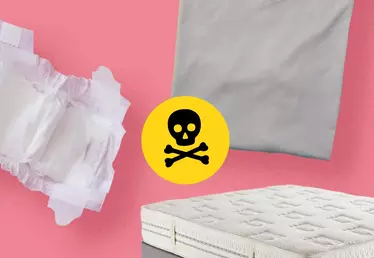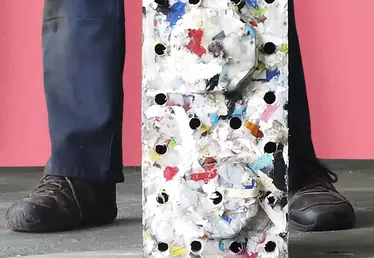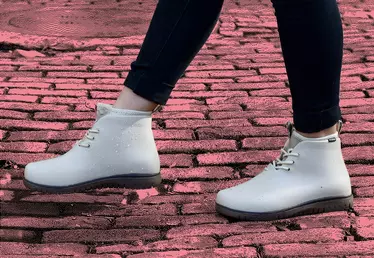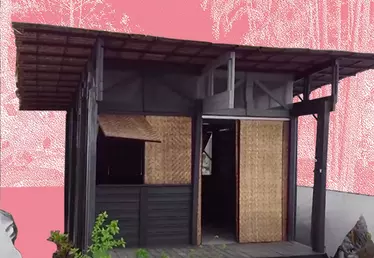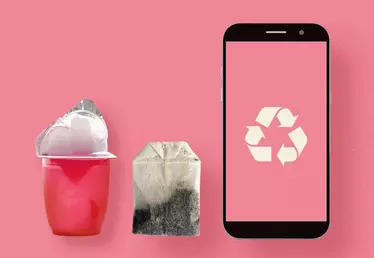
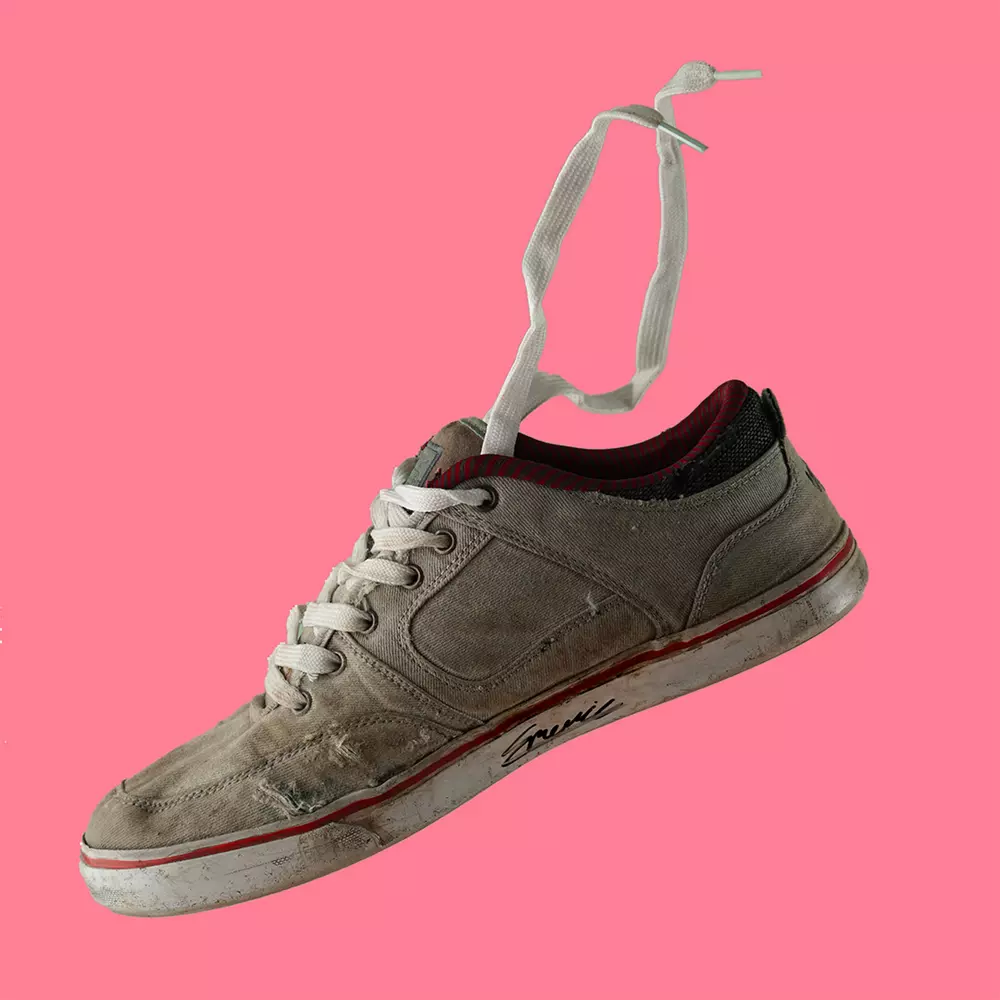
Hero banner custom title
Can we recycle our sneakers?
2 min
They have become an everyday must-have, at the office and even at parties. Initially designed for sports, sneakers accounted for a market of $79 billion in 2020, according to a study by Statista. But what happens to them when they reach the end of their lifecycle? Are they recyclable?
It is complicated. To understand it, let's dissect it. The upper section is made of polyester, cotton or leather. The tongue is made of textile, often filled with foam. The toe cap, the reinforcements and buttresses are made of plastic. And the sole elements are made of foam, rubber and plastic. Not to mention the metal eyelets, a recycling nightmare...
In other words, a complex mix. “Sneakers are specific in that they are generally made up of many different materials, up to 70, sometimes a mixture of synthetic and natural. And brands often don't know what the manufacturer actually uses in the shoe”, explains Marie Soudré-Richard, co-founder of Revival, a young French company that works on optimizing the disassembly of sneakers and recycles shoes into raw materials.
The more complex a product is, the more difficult it is to recycle, as its components are difficult to separate by mechanical means! In addition, the identification of the materials making up a sneaker, a subject on which Revival works, is key... But complex.
So, there is still a long way to go, and sneaker recycling is only in its early stages. For the time being, to overcome this difficulty, projects are focusing on recycling soles. Solutions are emerging, particularly in Europe.
For example, Revival has designed a process to crush the soles and then extrude them into aggregates or alloys, which are used to make bicycle paths or soles, for example.
“All this is done by optimizing the process as soon as we receive old sneakers, thanks to a software programme that determines the best balance - energy spent on the process versus energy saved thanks to the use of recycled materials - depending on the composition of the soles”
Also in France, the Estia engineering school and the European Center for Innovative Textiles launched Cetia in February 2022, an innovation platform dedicated to the sorting and automated dismantling of textiles and shoes. Major groups such as Décathlon and Eram are its first clients.
In the Netherlands, Fastfeetgrinded, supported by the government, has developed an industrial machine capable, according to them, of processing 2,500 shoes per hour. It separates foam, rubber and textile, which are then recycled into granules or threads. Decathlon and Asics have shown an interest in it. In Germany, the company Soex also offers a material separation service on an industrial scale.
Some brands are also getting into the recycled and recyclable sneaker business. Like the French company TBS, a subsidiary of Eram, which sells its Re-Source sneaker, “made from 70% recycled rubber”. It collects its old pairs in shops, then crushes them and recycles them into raw material for new sneakers in Portugal. But there are also a multitude of small brands that hope to make a difference through this process.
However, there are still many obstacles. It is still difficult to find buyers for recycled materials from sneakers. Industries need to emerge and get organized. And the design of new 100% recycled sneakers is still a challenge, particularly in terms of sneakers' lifespan.
Some brands are therefore working on eco-design by simplifying their composition. Like the French brand Caruus: “we have created a sneaker with a maximum of five to six categories of materials, which can be recycled together”, explains Benjamin Buquet, its co-founder.
The other challenge is to increase the lifespan of sneakers. “Our sneakers last two years, because they are made with solid canvas normally used to make raincoats or boat sails, and we don't refrain from using leather, which is the most solid material”, he adds.
Remember: sometimes it's better to have a classic pair of sneakers that lasts three years rather than sneakers that are supposedly “eco-friendly” but more fragile over time.
You also have a part to play: to increase the lifespan of your sneakers, alternate between two pairs, choose leather and natural materials, check the quality of the soles, and look after them. Some shoemakers are also able to give them a second wind!






